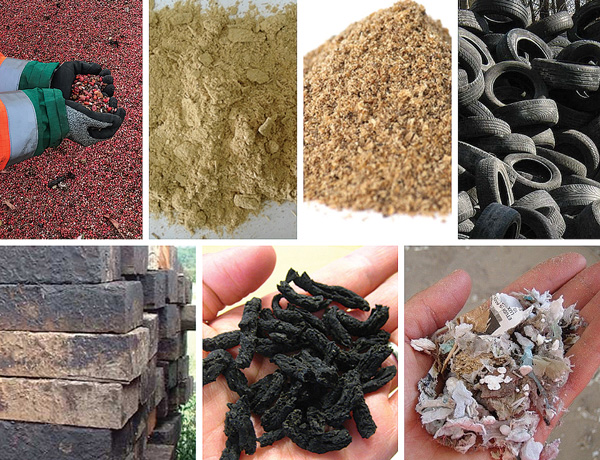Leading the circular economy
In a world where carbon neutrality has become a political imperative and resources are finite, there is no doubt that developing circular approaches will be essential to decarbonise industries. For the European cement sector, the ability to phase out fossil fuels through the use of waste and the 100 per cent recyclability of concrete, offer key advantages to build upon. By CEMBUREAU, Belgium.

In addition to providing sound solutions for waste streams and strengthening the
circular economy, co-processing in cement kilns is key for reducing CO2 emissions
The CEMBUREAU Carbon Neutrality Roadmap, issued in May 2020, sets out the European cement industry’s ambition to reduce CO2 across the value chain – ie, clinker, cement, concrete, construction and (re)carbonation (the 5Cs approach) – to achieve zero net emissions by 2050. Adopting circular approaches is central to this ambition. An almost entire phase-out of fossil fuels from cement production processes, the use of secondary raw materials and the full recycling of concrete are significant technological pathways towards a carbon neutral value chain.
Working towards a circular economy is a key goal of the EU and the cement sector is embracing this challenge with ambition. And policymakers will also have a decisive role to play in creating the right incentives for the industry to move forward towards a fully-circular economy.

